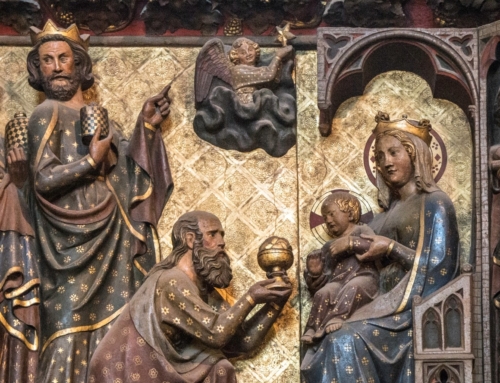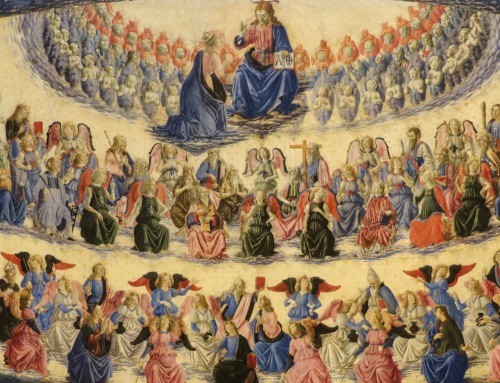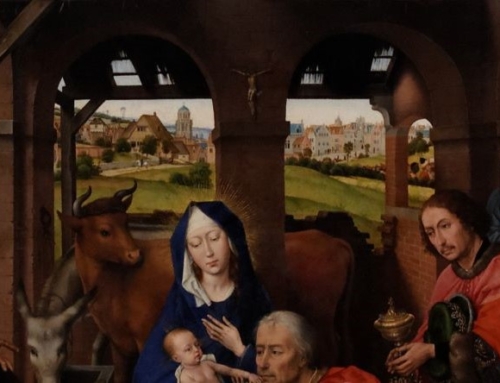Think of somebody who loves you dearly. It could be your mom, your wife, your best friend—someone who really loves you.
Now, let me ask you: Do you really know that they love you? Do you know for certain? Can you prove it to me? If you appealed to all their seemingly loving words and actions to you over the years, I could entertain that these signs of affection are just an elaborate ruse for some ulterior motive. At the end of the day, all you can give me are signs of love, but I could always doubt that these signs actually represent a reality.
But this doubt is clearly absurd. We simply do not require hard proofs (like the proofs we associate with the sciences) to know that someone loves us. If we did, we would be incapable of ever entering into a relationship of depth with somebody else. No, the signs of love are enough to lead us to assent with certainty that we are loved. To enter into a relationship with someone takes a bit of a “leap of faith,” but such a leap is eminently reasonable. This is simply how human relationships work.
We could apply this same line of thought to the relationship with God. Although we can prove in a scientific way that God exists, we cannot prove that Jesus Christ is this God, who loves us more than we could ever imagine. And this is exactly as it should be. Indeed, those who have faith in Christ are not being unreasonable. Their faith is not blind, for there are manifold signs of God’s love. The Church calls these signs “motives of credibility.” Take for example the witness of the miracles of Christ that continue to occur through the saints up to our own day. Or take the profound witness to God of all of Sacred Scripture. These are all signs or motives of credibility. Even the Church can be thought of as a motive of credibility:
The Church herself is, by her marvelous propagation, her wondrous sanctity, her inexhaustible fruitfulness in good works, her Catholic unity, and her enduring stability, a great and perpetual motive of credibility and an irrefragable witness to her Divine commission.
– First Vatican Council, Dei Filius Ch. 3.
Even St. John the Evangelist, whose feast we celebrate today, was helped by motives of credibility. Our Gospel reading today reports that Peter and he, after hearing from Mary Magdalene that Jesus’ body was missing, ran to the tomb. Peter entered first and saw that “the cloth that had covered his head [was] not with the burial cloths but rolled up in a separate place” (Jn 20:7). Then John also went in, and he reports that he “saw and believed” (20:8). If Jesus’ body were stolen, why would the thieves carefully roll up the head-cloth and put it in a separate place? Although this doesn’t strictly prove the Resurrection, it is enough to remind John of the Lord’s words regarding His Resurrection and to show those words to be credible.
Far from being contrary to reason, professing faith in Christ is a quite reasonable thing to do; one could even allege that it’s most reasonable. The motives of credibility help us to see this. Yet, it is important to note that faith is not caused and does not rest on them. In our example, St. John’s faith was not caused by them, but they just helped lead him to an act of faith. The motives of credibility prepare us and dispose us to faith in Christ by showing that faith is reasonable. However, ultimately we rely completely on the free gift of God’s grace to actually have faith in Him. This supernatural faith is beyond what our human nature can accomplish: It must be given from above. Thus, the motives of credibility allow natural reason to rest in knowing that faith is reasonable, opening us to receiving the supernatural gift that is faith in Christ.
Through the intercession of St. John, may the Lord pour forth this gift in great abundance this Christmastide.
✠
Image: Eugène Burnand, The Disciples Running to the Tomb.







